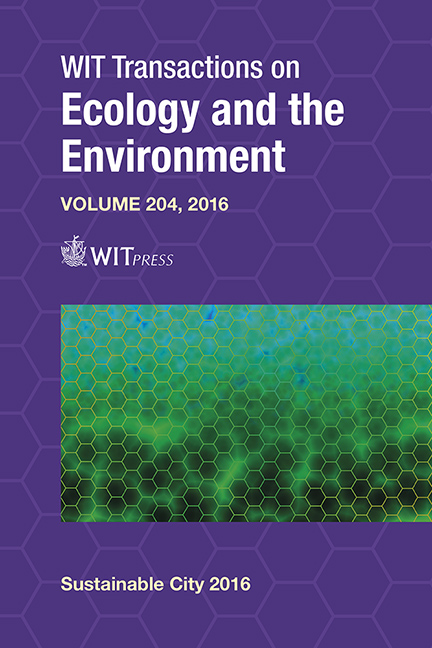A Framework For Reconciling User Requirements And Actual Provision For Smart City Implementation
Price
Free (open access)
Transaction
Volume
204
Pages
8
Page Range
249 - 256
Published
2016
Size
312 kb
Paper DOI
10.2495/SC160211
Copyright
WIT Press
Author(s)
Y. Mohd Adnan, H. Hamzah, M. N. Daud, M. M. Dali, A. Alias
Abstract
The Smart City concept has been recognised as the way forward for cities that have strong ICT facilities and support. This concept provides the basis for a comprehensive city development strategy that could promote efficiency in city management and administration among city dwellers. Any city development concept must be formulated with the user and city characteristics in mind. The requirements of the city users are important in shaping the Smart City policies and programmes for the city. During the implementation of the Smart City initiatives, there is a need to ensure that the level of Smart City implementation matches user expectations. When the actual provision of Smart City features falls below user expectations, it can be said that there are gaps in the provision of Smart City initiatives for the city. The identification of these gaps would assist city managers in diverting more resources into the areas that need attention. This study proposes a framework for a gap analysis that indicates the achievement of required vs. actual Smart City initiative provision. Using Putrajaya, Malaysia as a case study, the intensity of initiative provision is calculated and then ‘adjusted’ against the intensity of user expectations to yield what is termed as Adjusted Level of Provision (ALP). Since the study has uncovered provision that needs improvement in turning Putrajaya as smart city, this framework could offer a useful tool for Smart City managers in measuring the city’s performance.
Keywords
actual provision, smart city initiatives, user requirements





